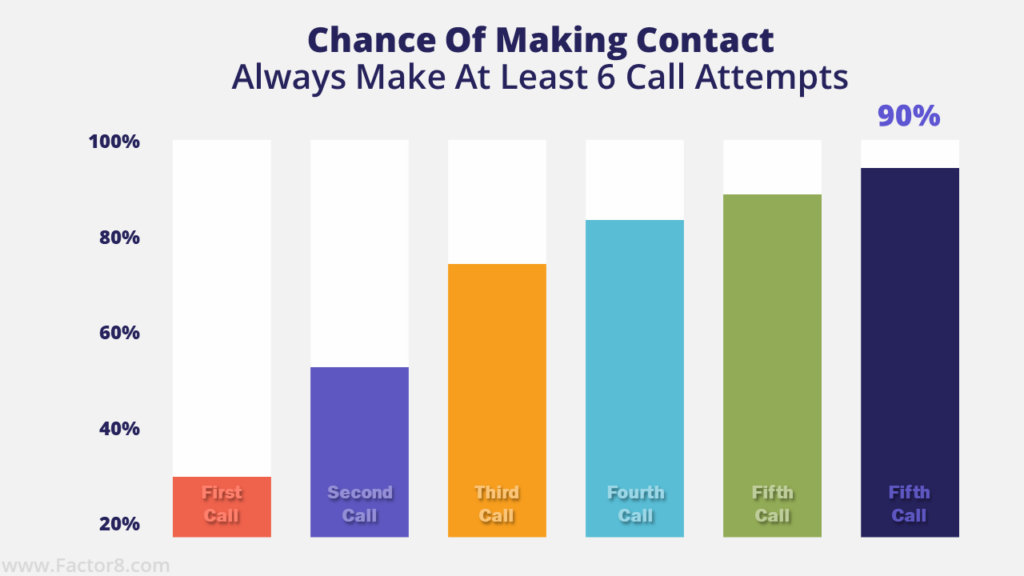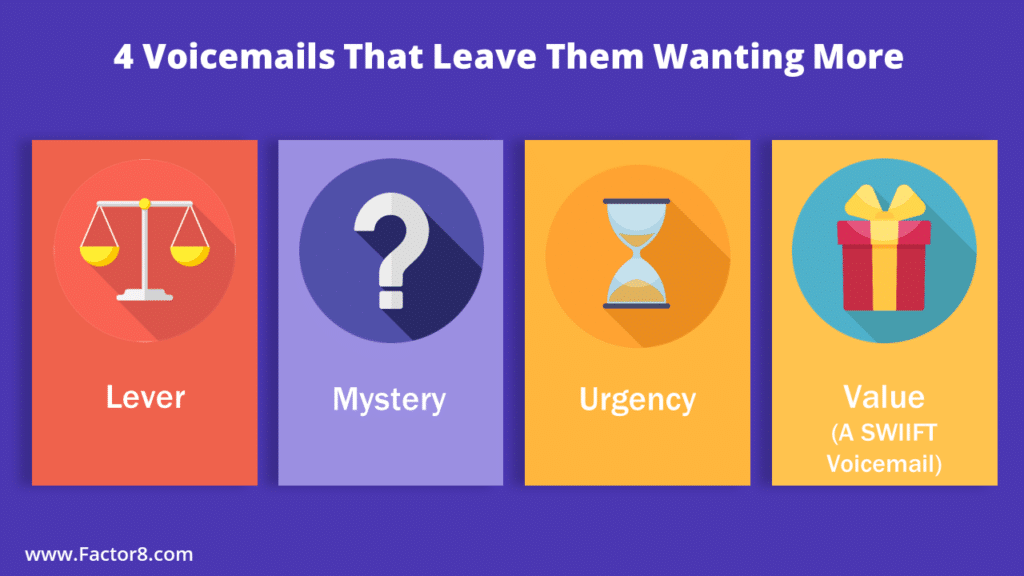5 Tips to Transition from Field to Inside Sales
There’s no ifs, ands, or buts about it – virtual selling is here to stay, folks. That’s why the transition from field to inside sales is becoming more prevalent.
If you’ve spent years perfecting the art of in-person selling and are struggling (or resisting) the shift to virtual, it’s time to get on track and embrace it.
I get it – virtual selling is a whole different ball game where reaching contacts is harder, your sales cycle is longer, talk tracks are shorter, and a whole slew of other things you’re not used to.
That’s why I took 30 minutes on our recent Sales Shot to break down key virtual and hybrid work practices that will help you feel like a superstar again.
Whether you’ve been at it for a while or recently transitioned, these are tips you can start implementing RIGHT NOW to help you fill those holes in your pipeline.
DOWNLOAD: How to Sell to the CFO to Keep Deals Moving
Pick Up The Phone
Do you like baseball? (Even if you don’t, stick with me for a minute.)
Home base is closing the deal and having a happy client – but you can’t get to home base if you aren’t even on first! First base is getting someone on the phone.
Chances are, they’re not going to pick up on the first try. In fact, less than 20% will connect on that initial call. Even if it takes 12 attempts to connect – you keep calling!

Research shows that 30% of leads are never even contacted at all. That’s a ton of missed opportunity. Especially when you consider that 82% of buyers admit they bought something after a series of cold calls.
So, moral of the story: Pick. Up. The. Phone.
Always Leave a Voicemail
If you’re making all these calls, you’d absolutely better be leaving a voicemail – a GREAT voicemail. In fact, make voicemails your new BFF!
Voicemails have a few different goals. The most obvious one is getting a callback. Realistically, most of them are probably never going to get returned. But here’s what you CAN do: create a positive impression of yourself and your company, and guilt them into either picking up the phone or eventually calling back. So, get creative and make it fun!
The 4 most effective types of voicemails are:

- Lever – Drop their first name, reference one of their coworkers, mention a previous rep they worked with – something that’s going to get their attention! Whatever you do, make it about them!
- Mystery – Keeping the message short and vague can pique their interest.
- Urgency – Are you running a limited promo on a product or service? Are they losing money by the minute if they aren’t using your product? Give them a reason to JUMP!
- Value – There are 6 of them we teach (remember SWIIFT℠, everyone?), but remember that during economic challenges people tend to care most about saving money and mitigating risk.
Whatever you do, ALWAYS leave a voicemail. No voicemail = no touch. It’s like buying a billboard and leaving it blank. Yikes!
Quick Tip: Send an email right after you leave a voicemail. Your likelihood of getting a response is MUCH higher when you mix voicemail + email.
Embrace Smaller Goals
A year ago, your quota probably looked a whole lot different than today. So, take your goals and break them up into smaller, more achievable pieces!
The average successful call is now just 3.5 minutes!
Structure your calls around these 3 key questions:
- What do I need to learn?
- What do I want them to know?
- What commitment do I want to close?
Qualify Your Leads
Do NOT go through an alphabetical list of prospects and pick away at it until you get to Z.
Take the time to actually qualify your leads and call based on that score! You’ll have A,B, C, and D leads (and you can probably skip the D leads). Start with your A leads and work your way down the list until you finish the C leads.
As a general rule, here’s how often to call each lead:
- A leads = 10-12 dials
- B leads = 8 dials
- C leads = 6 dials
Build A Bridge to Call #2
If you got someone talking on the phone after a cold call, the hardest part is over. So make sure you’re taking advantage of it by ALWAYS scheduling the next step WHILE you’re on the call.
Can you schedule the follow-up call now? How about sending a calendar invite with the next meeting’s info? Have you given your cell number to get theirs?
Give yourself permission to call back by urging them to look at their calendar and confirming when you’ll be connecting again.
WATCH: Transitioning from Field to Virtual Selling
Keep in mind, the more you try out these tips, the easier it gets and the more success you’ll see. So get on the virtual train with the rest of us and start building that pipeline. You got this!

